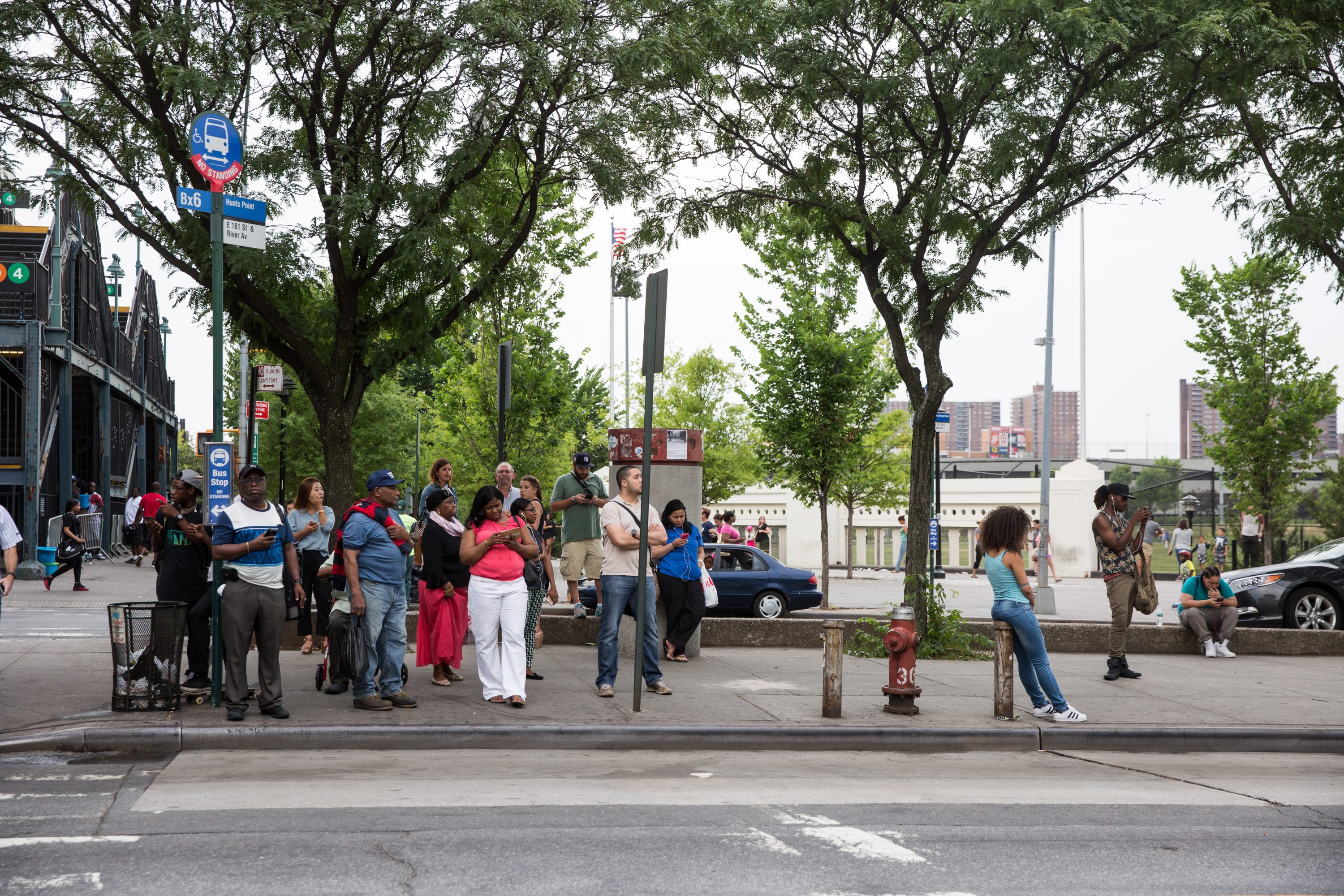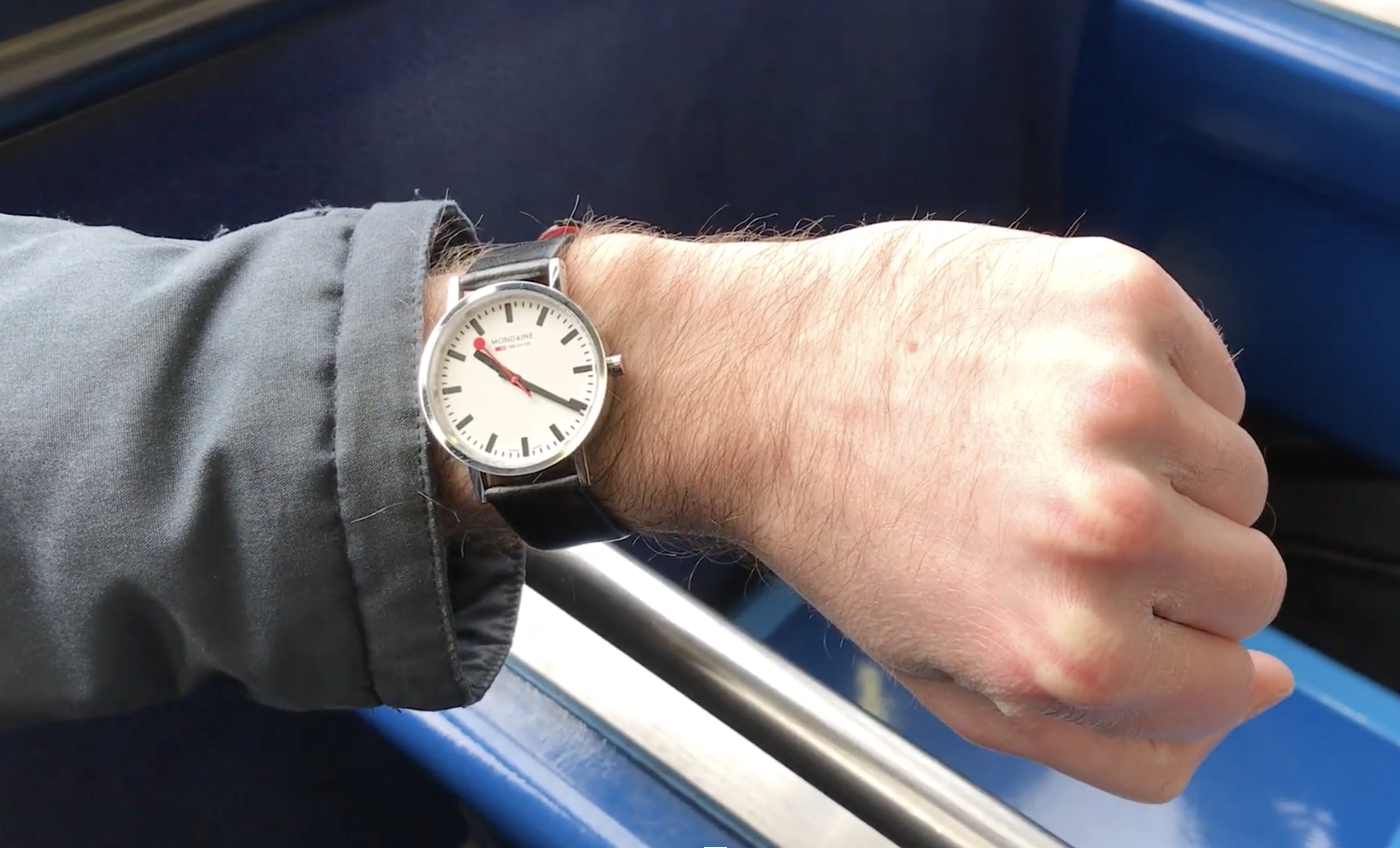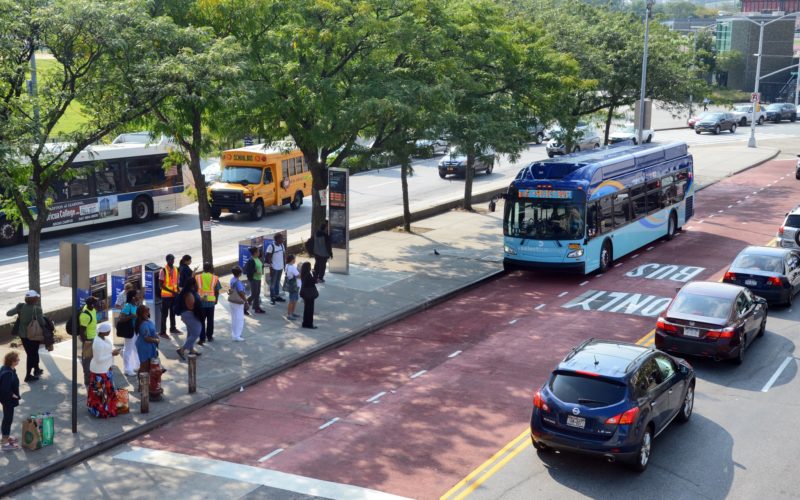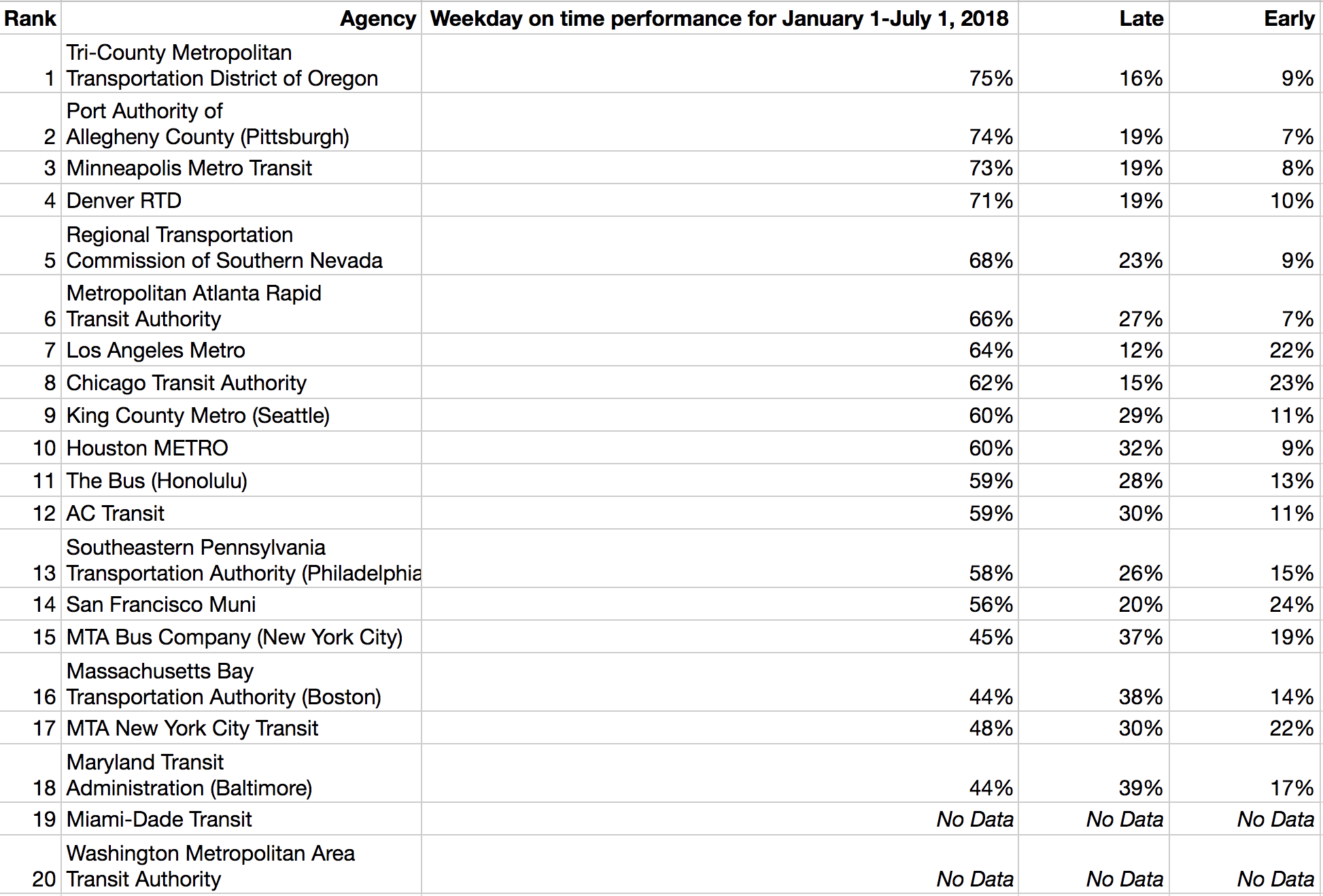

“On Time Performance” is the most common way for agencies to measure reliability of their service. According to this metric, a bus is “on time” when it arrives at a bus stop within a certain range of its scheduled arrival. If the bus arrives outside of that range, it’s considered either early or late.
Yet within the transit field, “on time” is relative. Agencies can determine for themselves what that on-time range is, and there’s no standard across the country. In Washington DC, a bus is considered on time if it’s less than two minutes early or 7 minutes late, while in LA, a bus is on time if it’s less than 1 minute early or 5 minutes late. We’ve compiled the definitions across the top 20 US agencies here.
Complicating matters is the fact that agencies can change this standard whenever they want, making it difficult for advocates to track performance over time. Baltimore’s MTA recently came under fire by the Baltimore Sun and advocates for doing just that last year, after it boasted of improving its on time performance following the 2017 redesign of the bus network in Baltimore.
We were curious: if we held all transit agencies to the same “On Time Performance” metric, how would they stack up against each other? We used publicly available open data to look at 2018 transit agency performance, and picked an (ambitious) standard used by SFMTA: “On Time” definition of 1 minute early, 4 minutes late.
Here are the results:
A few trends emerge. The systems that rise to the top tend to be in less congested cities (no surprise there – congestion is the primary source of bus delays). The top three cities for reliability saw smaller ridership losses on their bus system from 2016-2017 than the national average.
With this tighter standard, weekday on time performance differs substantially from what agencies report themselves. TriMet’s on time performance for bus drops from 85% to 75%, LA Metro’s from 72% to 64% and King County Metro’s from 77% to 60%.
Most importantly, the on time numbers aren’t great overall. If these were grades in school, even the highest performing agency, TriMet, only receives a “C.” This should alarm transit agencies everywhere because of the high value transit riders place on reliability. A bus that arrives on time was a top priority for riders we surveyed for our report, Who’s On Board 2016. Given the dismal on time performance data above, it’s no wonder that bus ridership declined at 18 of the top 20 transit agencies from 2016 to 2017.
Fortunately, we know the solutions. To improve reliability, transit agencies should partner with city Departments of Transportation to roll out bus lanes and queue jumps to allow buses to zoom through traffic. Maryland Transit Administration is one of the few agencies using their own money to do just that, funding the installation for bus lanes and transit signal priority in Downtown Baltimore to improve their reliability. Agencies can speed up boarding by encouraging riders to hop on at all doors. Conveniently located restrooms for bus operators at the ends of routes can reduce the amount of time drivers need before turning around. Active dispatching throughout a bus run can reduce large gaps and bunching.
And on the data side of the equation, agencies should commit to a tight definition of on-time performance that’s consistent across the transit industry. Using a stricter standard may make on time performance at transit agencies look worse than what they currently report, but being honest about on-time performance can build trust with riders and create a sense of urgency at agencies to confront the problem. Riders need to have confidence that agencies are working towards increased reliability – not just moving the goalposts.

 On the Brink: Will WMATA’s Progress Be Erased by 2024?
On the Brink: Will WMATA’s Progress Be Erased by 2024?
The experience of being a WMATA rider has substantially improved over the last 18 months, thanks to changes the agency has made like adding off-peak service and simplifying fares. Things are about to get even better with the launch of all-door boarding later this fall, overnight bus service on some lines starting in December, and an ambitious plan to redesign the Metrobus network. But all of this could go away by July 1, 2024.
Read More The Era of Bus Austerity is Over
The Era of Bus Austerity is Over
The Infrastructure Investment and Jobs Act–the “bipartisan infrastructure law” signed last year–offers limited relief when it comes to operating transit service. But the good news is that it represents a sea change when it comes to capital investment.
Read More